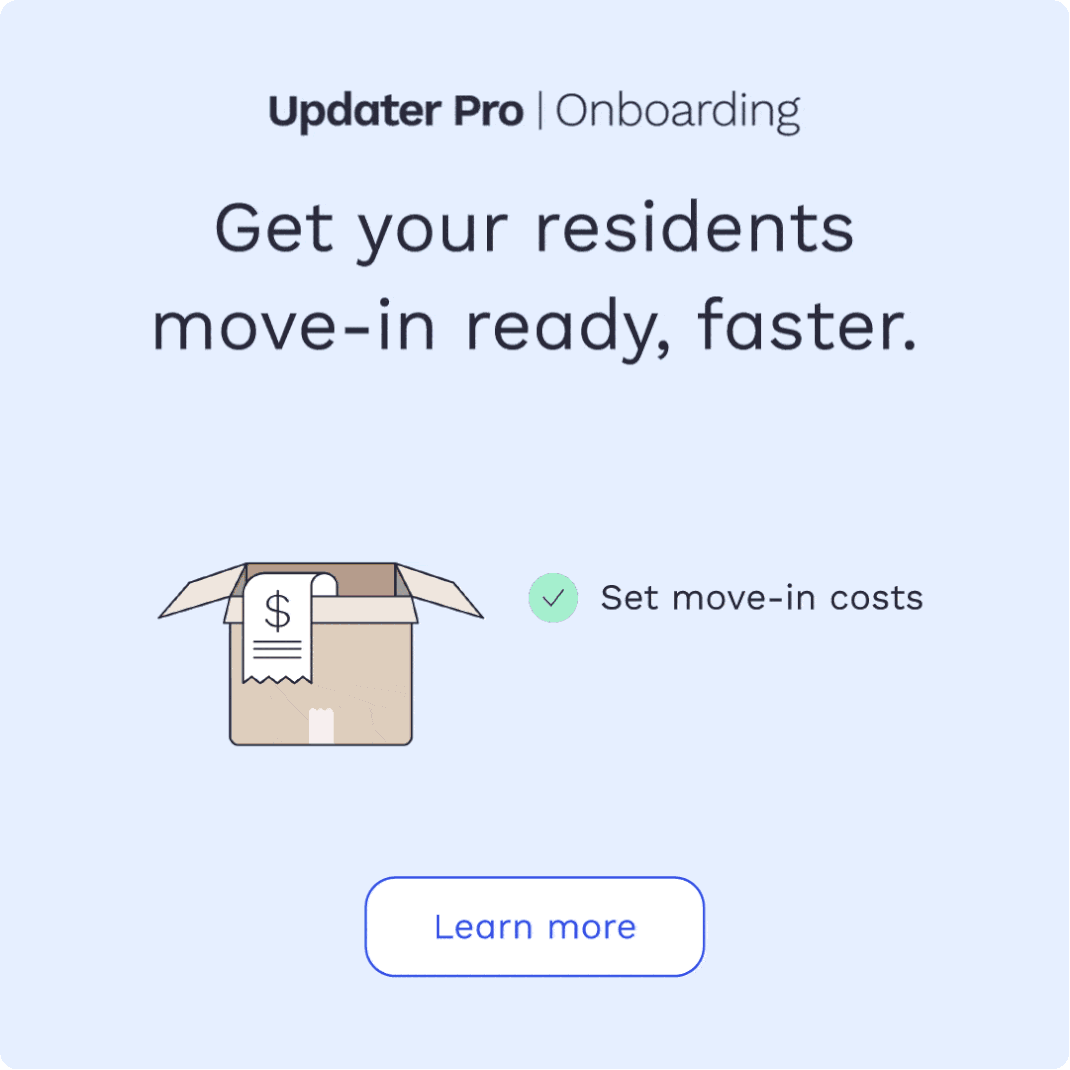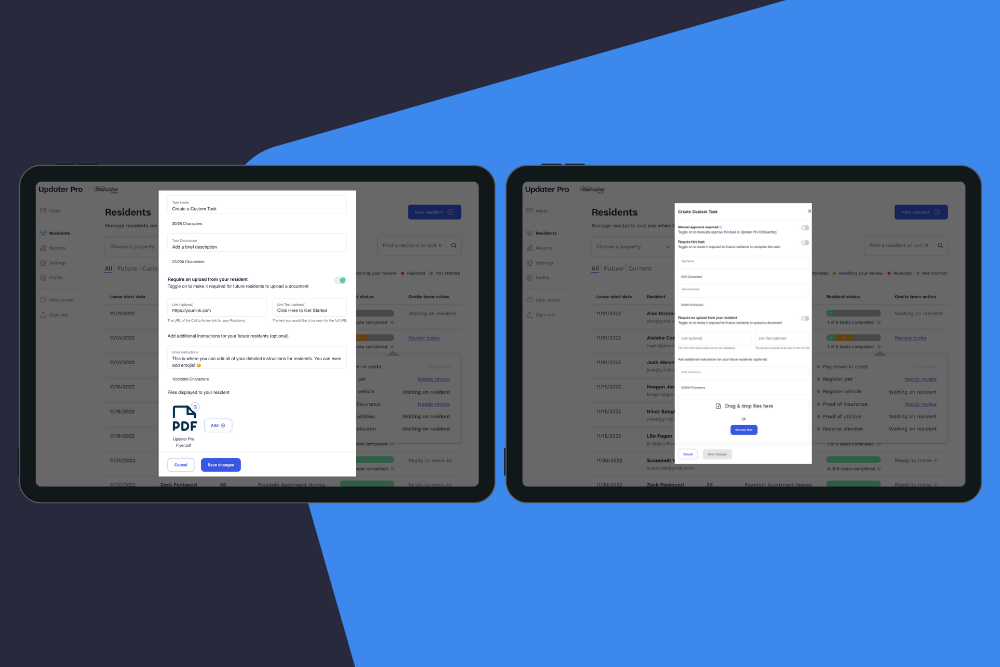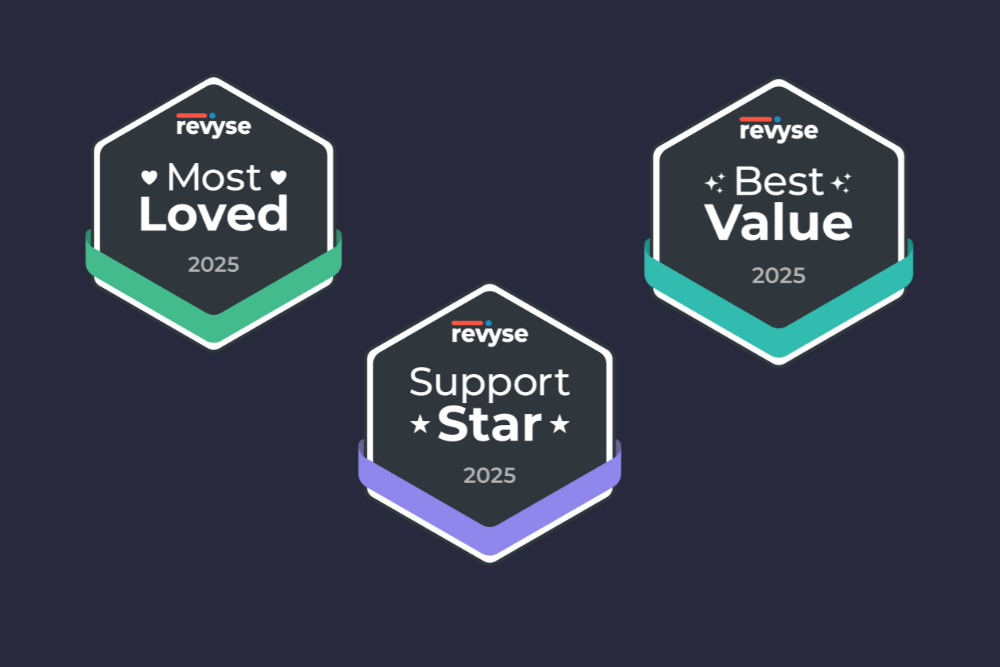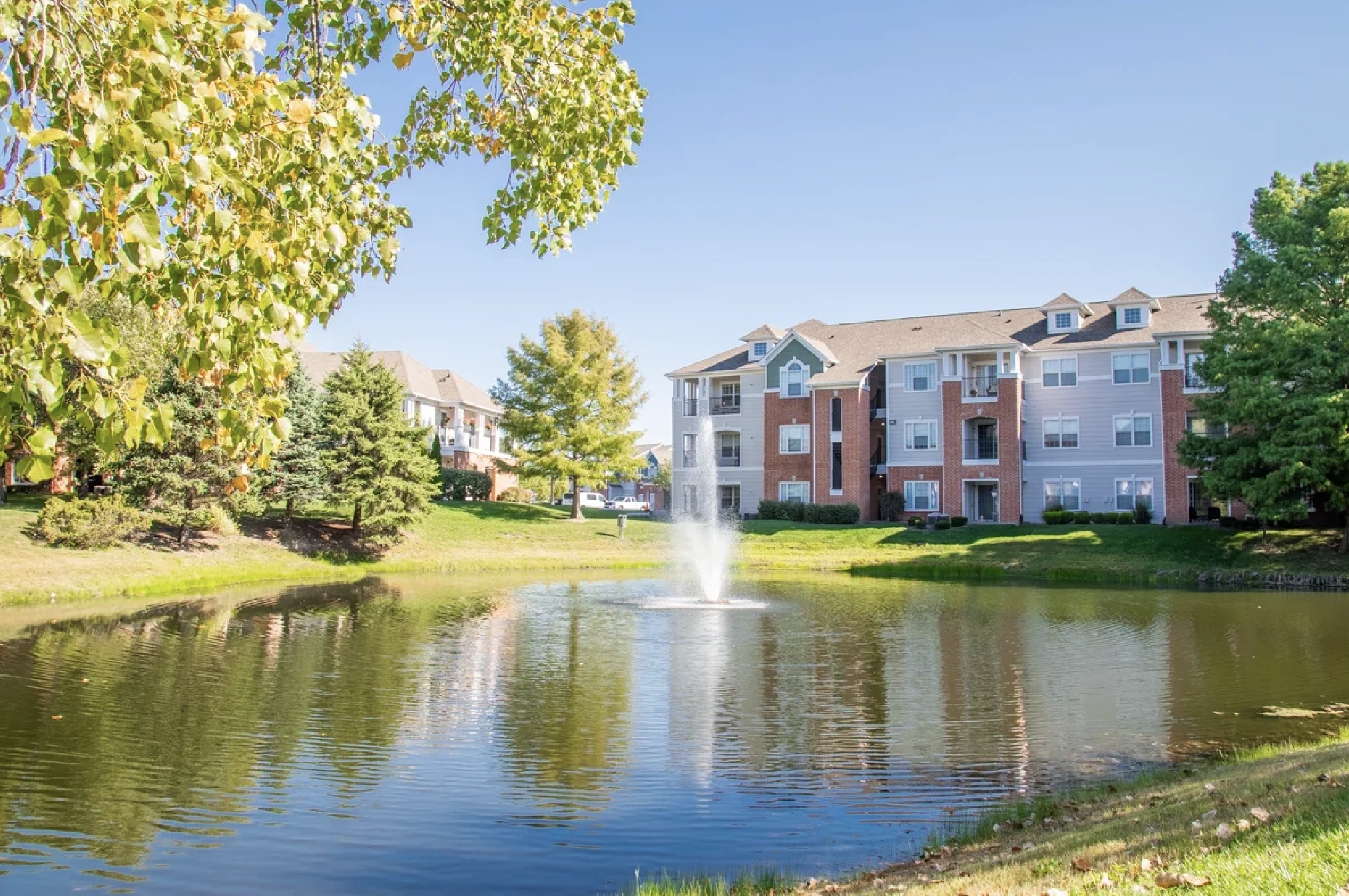Predictions for the Property Management Industry
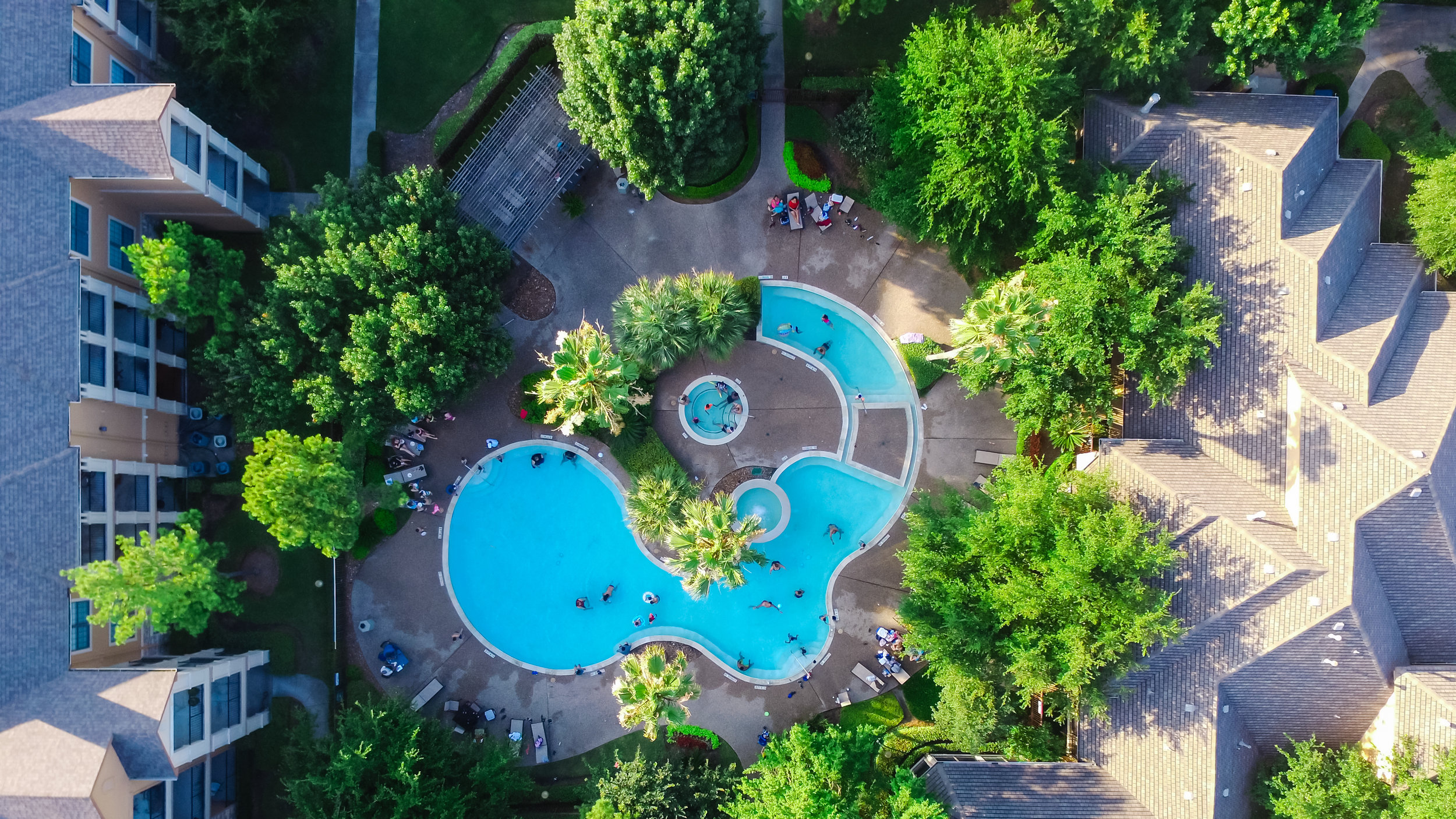
2016 was a year of great growth in the property management industry — for both the nearly 40 million residents living in apartments and the nearly half a million on-site staff members who serve many of them. 2017 will look toward modernization and personalization for property managers and residents, starting with these 5 trends.
Sustainability will help attract and retain renters and recruit staff
While the overarching concept of sustainability isn’t new for 2017, the nationwide demand for it is. Having moved from a nice-to-have to a corporate responsibility, the most forward-thinking properties already view green initiatives as a selling point for millennial renters. Communities and property management companies that incorporate green initiatives (e.g., going paperless, composting) into their everyday activities benefit for several reasons:
- It’s good for the industry. In terms of industry reputation, the more property management companies that promote sustainable initiatives, the better.
- Going paperless saves time and money. Not only does a lack of physical paper make it easy for teams to stay organized, but electronic lease signings, online marketing collateral for the community, surveys accessible through a resident portal, and the like are also more cost-effective.
- Recycling and composting are important to young renters. Plus, it’s easy to get started doing both.
- Sustainability is great for recruitment. Many people want to go green and give back, and it’s not just renters; you can net new employees with a focus on sustainability.
- It’s good for foreign investment. Many foreign investors want data that supports green initiatives because when it comes to sustainability, they’re light years ahead of the U.S.
- Renters want to live in a healthy environment. This one sounds obvious, but it can be difficult for older or larger companies to hit the ground running on sustainability. In 2017, we’ve reached an ultimatum: either communities deliver on greenness or they get left behind.

But sustainability doesn’t end with having a blue bin at the front desk. For instance, more property managers are now opting for energy efficient appliances and, as a result, are better able to change the dialogue about the cost of renting. Whereas it used to be that you paid rent, utilities, and (in some cases) maintenance fees, going green allows property managers to talk more about the singular, total cost of living in their community. What used to look like cut-and-dried rent may now include higher-quality appliances and a cleaner way of living… even if the price tag is a bit higher.
Teams will embrace new communication strategies and tools…
In 2017, the vast majority of people will finally understand that email is no longer the only method of corporate communication. In many cases, it’s lacking or lagging, and all too easy for things to get lost in the shuffle of a cluttered inbox. Site teams around the country are moving toward real-time communication tools like Slack and Google Hangouts, which make IMing individuals or private groups easier than ever before.
Email still has its place in 2017. But it should be reserved for important, high-level communication, not short snippets of information. Remote teams are using tools like Sococo internally to facilitate the visual and social aspects of in-person collaboration. For organizational purposes, tools like Trello and Redbooth come in especially handy for site teams and those at the corporate level. Though it’s a slightly more casual (and riskier) move, some property management companies are even going so far as to use everyday, consumer-grade social tools like Facebook Messenger for messaging clients.
… and they’ll work harder to regularly engage residents in new ways
For a couple of reasons, people aren’t moving as often as they used to: homeownership is still a reach goal for many, and properties are stepping up their engagement game. In 2017, this translates to opportunities to engage residents during 4 parts of the resident life cycle: the courtship phases, move-in, during the first 30 days, and when there are changes to the property.

One of the most important things you can do is survey your residents, followed by actually listening to their feedback, acting on it, and then making sure to promote the changes effectively so residents understand what’s going on in their community. Beyond sending and receiving surveys, are you engaging residents on social media? Are you hosting events that help neighbors come together? What are you doing to show both prospective and veteran residents that your community cares? Charitable initiatives and social get-togethers like food drives and happy hours go a long way toward cultivating a true sense of connectedness. Residents in 2017 will expect more opportunities to give back, better ways to engage with their community, and smarter technological advantages — including digital tools like Updater.
Smart technology will become a must-have amenity for new renters
You’ve no doubt heard and read about the Internet of Things (IoT) and the ways in which connected devices are already changing the way we relate to our homes, technology, and other people. The same can be said of smart home technology in the property management industry; we’re shifting toward making our homes and belongings “smarter.” The challenge in 2017 isn’t in incorporating smart technology into properties and individual units; it’s in embracing IoT while maintaining the human element of our communities.
Some high-end properties are using smart technology to create literal one-stop shopping experiences, bringing luxury retailers on site to make life easier for residents. In 2017, the focus will be on changing the way property managers design and manage their communities, which includes moving toward luxurious, distinctly urban features for residents — the perks of city living without leaving home.

This includes new, next-level amenities like local retailers offering discounts to residents and pet concierge services (i.e., walking your dog, feeding them — the full experience, beyond a half-hour walk around the neighborhood). Imagine making fresh meals available on demand at your property; all it takes is refrigerated food storage on site, all so that residents don’t have to grab lesser food on the run or go to the grocery store. Newer properties come with specific brands and brand ideals in mind, and they’re especially mindful of well-known, high-quality brands. The idea is to replicate the white-glove experience residents have come to expect from their favorite consumer brands.
There’s always been a responsibility to cater to residents, but in 2017, that same responsibility now depends on knowing what people want before they do and delivering it. Small technological advances like smart package rooms (wherein residents have a code and access their packages on demand, rather than saddling site teams with numerous deliveries) allow site teams greater freedom to take on strategic work, rather than manually managing every resident feature. Other “smart” updates like plug-ins for electric cars, solar panels, and even drone landing stations — things you can monetize — were once appealing ideas, and now they’re realities for modern site teams and residents.
Compensation and talent management will become more important
According to the National Apartment Association (NAA), hiring in 2016 was steady in most functional areas and cash compensation was up across the spectrum of multifamily sector positions. We can expect to see more of the same in 2017 — a rising pattern, with merit increases rising up to one percent or higher. Though that may not sound like much of an increase, the NAA tells us that bonus realization has been steadily rising since 2009 and is approaching 85 percent.

Because residents expect a future with more tech amenities and greater service, retaining top talent has become increasingly important in the property management industry. To that end, employees expect better compensation and training in order to provide and engage with advanced technology for residents and go the extra mile every day.
How will you stay ahead of the competition?
More Industry Insights

Five leadership lessons multifamily can steal from sales (courtesy of Kevin Ducey’s conversation with Tony Sousa)
15 December 2025

What great sales leadership can teach multifamily about resident satisfaction
15 December 2025


